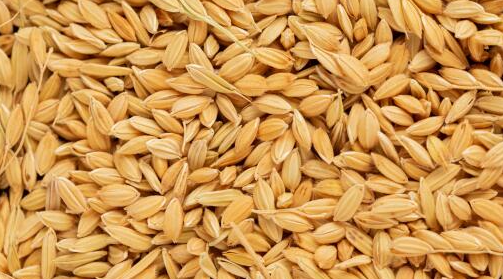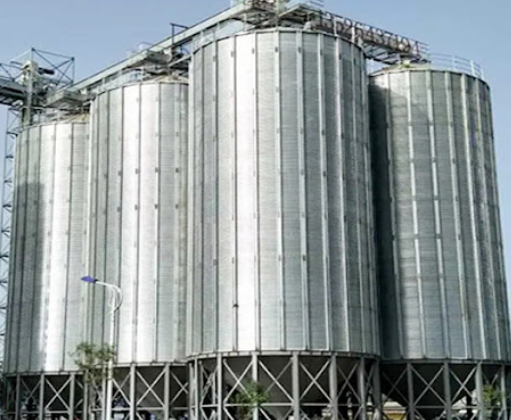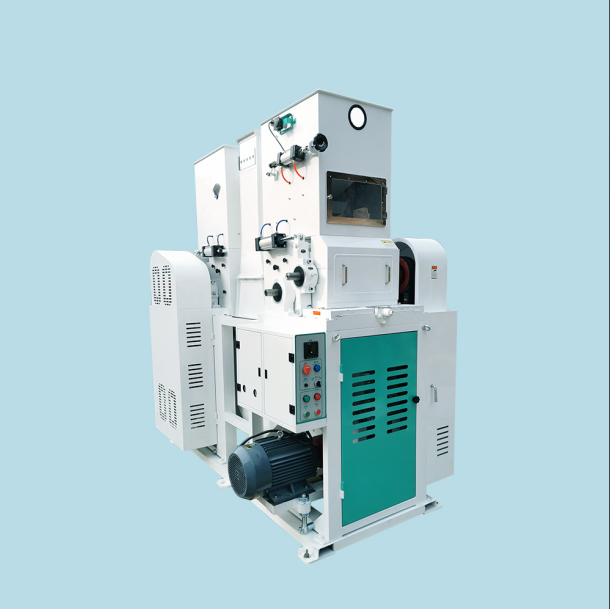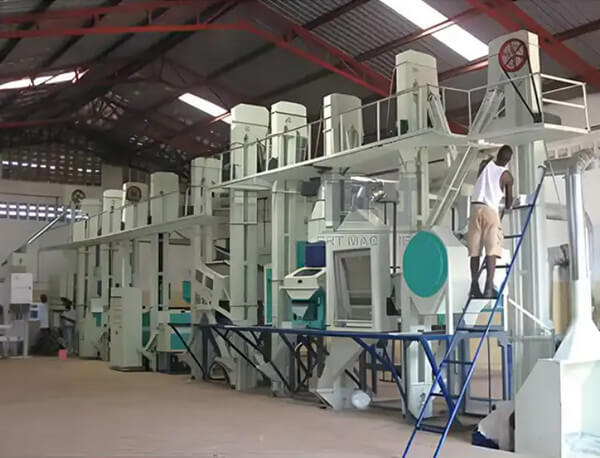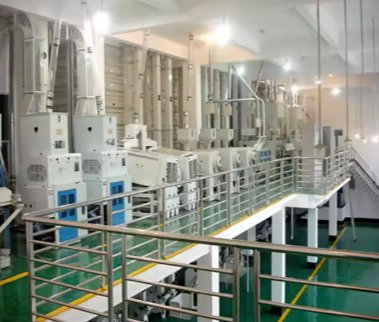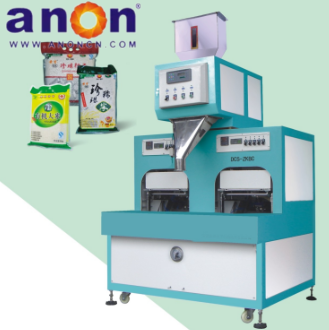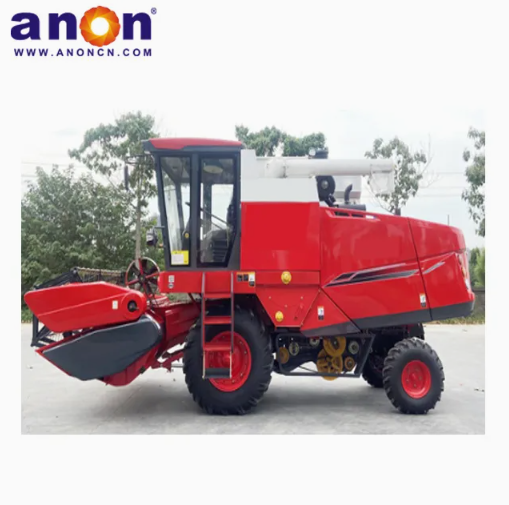Introduction
A grain dryer is a device used to dry grains. It helps reduce the moisture content of grains to a safe level for long-term storage. This prevents spoilage and ensures the quality of the grains. Below, I will provide more details about grain dryers.
Working principle
A grain dryer primarily dries grain through the interaction between hot air and the grain. The main components of a dryer include the drying section, heating unit, feeding system, fan, exhaust system, moisture meter, temperature and humidity sensors, and unloading device. Each part serves its specific function and works together to complete the drying process.
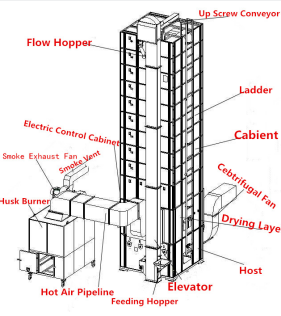
Before drying grain, you need cleaning machines to remove impurities to avoid affecting the drying efficiency. Once the grain enters the drying chamber, hot air exchanges heat with the moist grain. The hot air transfers heat to the grain, causing the moisture to evaporate. The circulating air carries away the moisture, ensuring that the temperature and humidity in the drying chamber remain at standard levels. After drying, the grain is checked with a moisture meter to ensure it meets the drying standards for storage and further processing. In short, a grain dryer dries grain by controlling temperature, humidity, and air circulation.
Types
There are many types of grain dryers, which are mainly divided into grain drying towers and mobile dryers in terms of structure, and divided into continuous dryers and circulating dryers in terms of drying methods. They are suitable for different scenarios and can help you dry grains well.
According to the structure
1. Tower Dryers
A grain drying tower, as the name suggests, is a tower-shaped dryer suitable for medium and large-sized farms. It is designed to dry large quantities of grain. The drying tower mainly uses a rotary heating device to generate a large amount of hot air in a short time. The hot air enters the tower through the air inlet, while the grain is delivered to the top by the feeding system and evenly distributed into the drying chamber by the grain spreader. ANON uses a conveyor system without augers at the top and bottom to transport grain, reducing the risk of grain breakage during transport.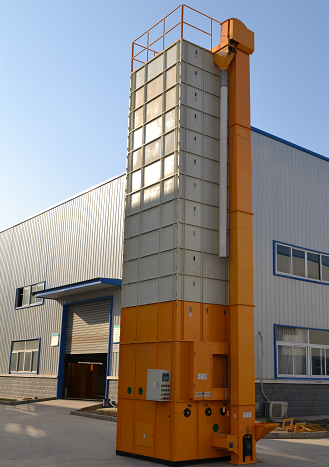
In the drying chamber, the grain is dried through contact with hot air. After grain drying, the automatic online moisture meter checks whether the grain meets the drying standard. If not, it can cycle again until it reaches a safe moisture level. Our self-developed crushing-type moisture meter provides more accurate moisture detection compared to surface detection methods used by other manufacturers, offering higher efficiency. In the grain drying tower, the drying section is the main working part. Depending on the structure of the drying section, drying towers can be divided into cross-flow, mixed-flow, concurrent flowand counter counter-current dryers. I will introduce them to you in detail below.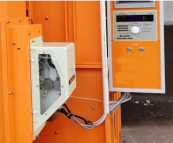
Crossflow dryer
A cross-flow dryer allows the grain to flow in a direction perpendicular to the hot air. It often uses cylindrical or square tower-shaped perforated screens. After the grain enters, it quickly falls between the screens, and hot air passes horizontally through the grain. This process helps dry the grain quickly and removes a large amount of moisture. The cross-flow dryer has a simple production process, low cost, easy installation, and high production efficiency. However, the uniformity of grain drying is poor, the unit heat consumption is high, and the drying of multiple grains in one machine is limited. In addition, the sieve holes of the screen need to be cleaned regularly. Some small circulating dryers can avoid the above shortcomings.
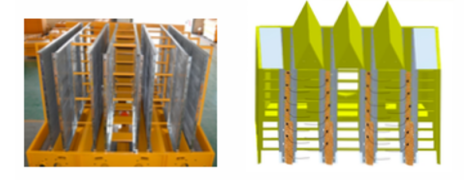
Mixed flow dryer
A mixed flow dryer refers to the drying of grains by hot air passing through different angles of cross flow, forward flow, and backward flow. Its internal structure is a tower formed by staggered triangular or pentagonal boxes. Inside the drying tower, grain flows from top to bottom, while hot air enters through the angled boxes and passes through the grain layers from multiple angles. This allows heat exchange with the grain, evaporating moisture, which is then removed by the exhaust system. This process keeps the drying chamber dry and ensures optimal drying results.

The drying effect of a mixed flow dryer is more uniform compared to a cross flow dryer, and the unit heat consumption is 5%-15 % lower under the same conditions. It requires less power and is more fuel-efficient. This structure also makes it less prone to clogging and can be used to dry both grains and seeds, resulting in higher efficiency. However, due to its complex process and relatively high cost under the same productivity conditions, the drying efficiency of a small portion of grains at the four corners of the dryer may be slower.
Concurrent flow dryer
A concurrent flow dryer means that hot air flows in the same direction as the material. The hot air enters from the material inlet and moves towards the outlet along with the material. The concurrent dryer is mostly a tower structure combining a funnel-shaped air inlet and an angular box exhaust duct. Unlike the mixed flow dryer, which is supplied with hot air through a main air duct, it is supplied with different or partially identical hot air through multiple hot air ducts. Its advantage lies in the high temperature of the hot air used. Generally, the temperature in the first stage high high-temperature section can reach 150-250 degrees Celsius, with low unit heat consumption, which can ensure the quality of the dried grain. During continuous drying, there is a large amount of precipitation, usually up to 10-15%, which is most suitable for drying crops and seeds with high moisture content. But its structure is relatively complex, and the manufacturing cost is close to or slightly higher than that of a mixed flow dryer. When drying, the thickness of the grain layer is large, so the required power of the high-pressure fan is relatively high, and the cost increases accordingly.
Counter-current dryer
Counter-current dryer refers to the reverse flow of hot air and materials, with hot air entering from the material outlet section and being discharged from the inlet end. Its drying effect is uniform and suitable for drying high moisture materials. However, during the drying process, dust in the grain will accumulate in the middle, blocking the orifice plate. Therefore, it is necessary to stop the machine for cleaning after a certain period of time, so pure countercurrent dryers are rarely produced and used. It is mostly used in conjunction with other airflow dryers, namely the cooling section used for co-current or mixed flow drying, forming co-current and mixed flow dryers. The advantage of counter-current cooling is that it allows natural cold air to fully contact the grains, which can increase the cooling speed.
2. Mobile Grain Dryers
A mobile grain dryer is ideal for small farms. You need a tractor or other transport equipment for convenient use. The mobile dryer uses hot air as the drying medium and applies a circulating drying technique to ensure the grain is evenly heated. It uses coal, wood, straw, or similar fuels, converting combustion heat into clean hot air for drying grain. The dryer is equipped with an automatic online temperature and humidity measurement device, which greatly increases automation and ensures the quality of the dried grain.
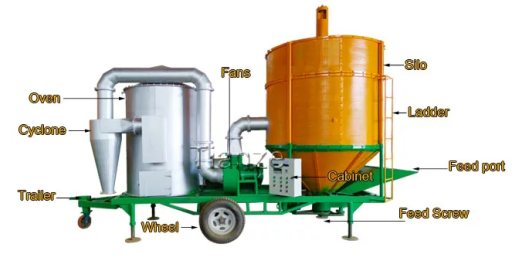
According to the grain drying method
Continuous flow grain dryer
Continuous grain dryer is a drying equipment that can achieve uninterrupted feeding, drying, and discharging. Grains continuously enter the drying tower through the feeding port, and form counter-current or mixed flow with hot air inside the tower, completing drying in the process of falling layer by layer. After drying, the grains are discharged from the bottom, and the humid air is discharged through the dehumidification system. The entire process does not require a shutdown; that is, while a batch of grains is still being dried in the machine, new grains that need to be dried have already begun to enter the other end of the machine, so continuous operation can be achieved. Continuous dryers are suitable for large farms and grain processing plants that require efficient processing of grains.
Recirculating grain dryer
Recirculating grain dryer refers to the process of circulating and drying grains inside the dryer. Each cycle is automatically detected by a moisture meter online. Grains with qualified moisture will be transported out of the machine, while those with unqualified moisture will be lifted to the top by the elevator and fall back into the next cycle. This drying method can only dry one batch of grains at a time. After fully drying this batch of grains, empty them and switch to the next batch, so it is also known as a recirculating batch grain dryer. This cyclic drying method can make grain drying more uniform, suitable for farms or agricultural cooperatives that have higher requirements for grain drying quality.
Advantages
Improve Grain Storage
First, dried grain reaches a safe moisture level suitable for long-term storage. This prevents spoilage during extended storage and supports further processing, such as milling.
Prevention of Mold and Insects
Secondly, during the drying process, high temperatures not only remove excess moisture from the grain but also help kill insect eggs. The humid environment easily promotes mold growth, but drying effectively prevents mold, improving the quality and safety of the grain.
Enhancing Grain Quality
With precise parameter control, the drying temperature and duration can be adjusted to suit the characteristics of different grains. This helps prevent issues such as grain cracking, breakage, and spoilage that often occur with natural sun-drying due to sudden temperature changes, unexpected rain, or overexposure. At the same time, the grain dryer ensures that each batch achieves a consistent moisture content, reducing grain damage during storage or further processing caused by uneven moisture levels.
Increase Efficiency
Finally, traditional sun drying methods are time-consuming, labor-intensive, and dependent on weather conditions. In regions with frequent rain, such as Southeast Asia, wheat harvesting seasons often face continuous rain, leading to significant grain loss. Grain dryers can quickly dry large quantities of grain, improving efficiency, saving labor, and reducing grain loss. Additionally, grain dried by a dryer will have more consistent and stable moisture levels.
Choosing the Right Grain Dryer
Production Capacity
Firstly, dryers are typically used for large-scale grain drying, as they can quickly meet your drying needs. Therefore, when choosing capacity, it is generally better to opt for a larger capacity. For production over 100 tons, a grain drying tower is usually required to help with the drying process.
Environmental conditions
Secondly, if you are in areas with concentrated grain production, such as large and medium-sized farms, it is advisable to build a grain drying tower. You should also plan its service radius to reduce transportation costs and improve production efficiency. The drying tower can also be used as a grain storage facility, serving multiple purposes. If you are on a small farm or a region with scattered grain production, it is better to use a mobile dryer. It is easy to move with transport tools, making it more convenient and efficient.
Fuel
At the same time, when choosing a dryer, you should consider the local energy resources that are most easily accessible. Pairing a dryer with the appropriate energy source can help you save costs, stabilize production, and effectively reduce operating costs. For example, dryers with biomass hot air furnaces use wood and straw as fuel, while other dryers are designed to work with coal, oil, and other energy sources.
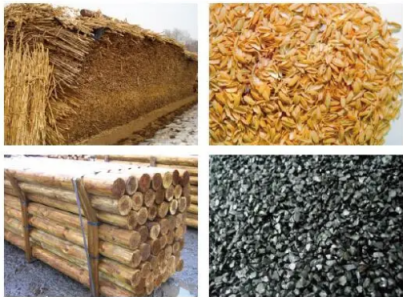
Budget
Finally, it is very important to consider your budget, as it involves multiple factors, including initial investment and operating costs. Generally, grain dryers are suitable for farms with large-scale drying needs. It is wise to make a choice based on your specific situation and budget.
Conclusion
By reading this article, I hope it has increased your understanding of grain dryers. Although a dryer is an auxiliary tool, it is essential for those with large-scale grain drying and storage needs. ANON can provide you with one-stop agricultural solutions, dedicated to protecting your harvest and increasing your profits!
FAQ
How much does it cost to run a grain dryer?
Moving grain into and out of the drying system generally requires some power cost, whether electrical or by mechanical means, though the cost is usually small. A nominal estimate of $. 01 per bushel can be used. The amount of labor needed to operate a drying system will vary considerably depending on the type of system.
How do you clean a grain dryer?
1. Start at the top and clean grain fines and dirt from the following areas of the dryer.
2. Clean outside and inside screens and panels.
3 . Remove fines from floors and catwalks.
4 . Inspect and clear MOISTURE EQUALIZER® units or grain turners.
5. Clean unloading systems and take-away conveyors.
What causes grain dryer fires?
Based on recent claims data, the primary causes of grain dryer fires include a lack of operator training. Lack of oversight or monitoring during dryer operation. Lack of cleaning.
What is the fuel consumption of a grain dryer?
Fuel consumption 5 ranged from 6.4 gal/h (29 L/h) in rapeseed to 13.7 gal/h (62 L/h) in corn.


